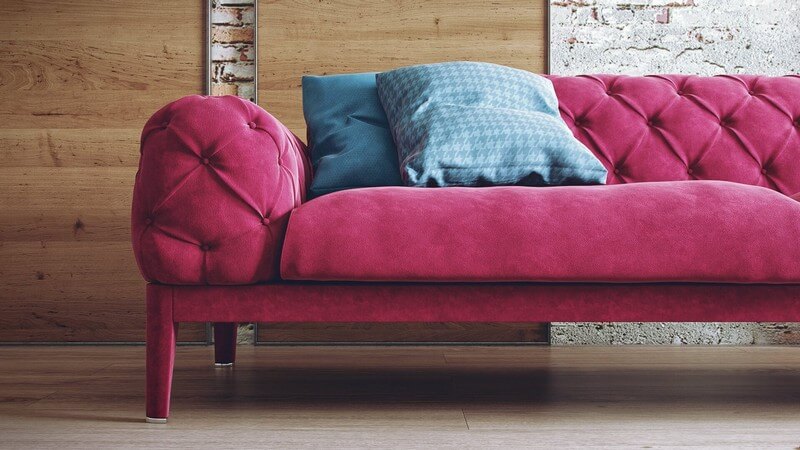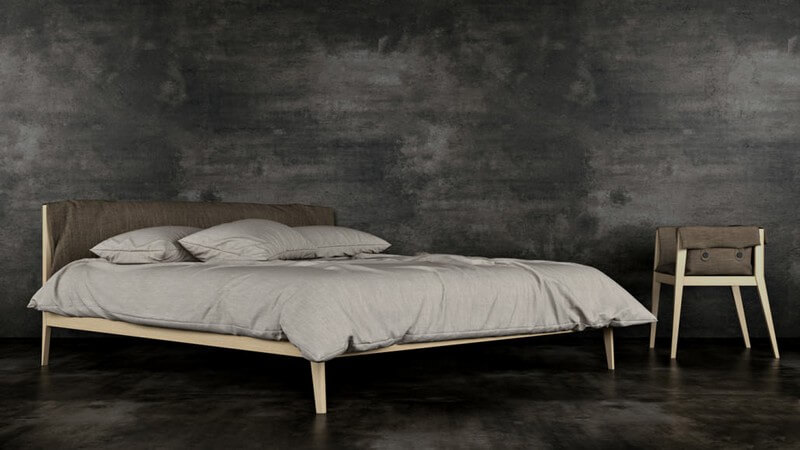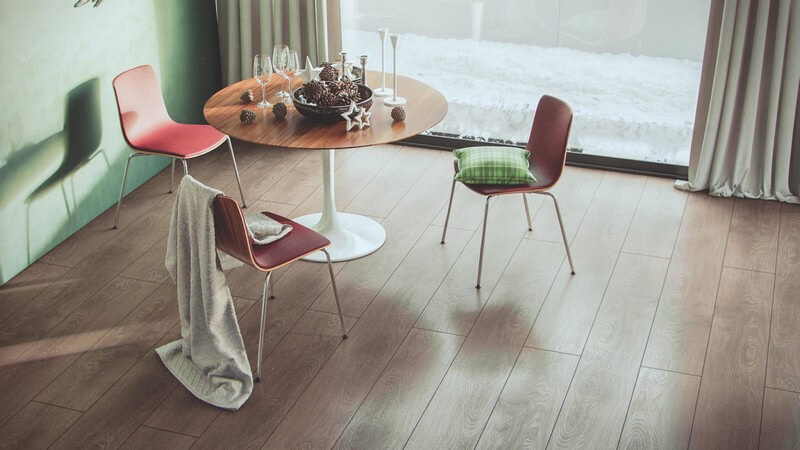3D furniture modeling is an effective way of producing visuals for marketing. CGI is faster to make than photos and yields the same or better results – 3D imagery fits any commercial goals with ease. But there is still a question – what type of furniture 3D modeling to order from a 3D rendering company? After all, there is no “one size fits all” when it comes to CG visuals. To find out, join us today as we explore different ways of using such pictures as well as which type is the best for each of those goals.
3D Furniture Modeling: Choose The Right Type
#1. 3D Furniture Modeling For Promotional Materials

If the sales department needs images for catalogs or other promotional materials fast, this calls for 3D furniture modeling and 3D interior rendering services – namely, product shots or lifestyles. Product shots are bread-and-butter or product marketing, are generally cheap and fast to create, but take a long time to polish and make to look beautiful and enticing, while lifestyles are expensive, hard to make, require interior design know-how, but are much more effective at showcasing merchandise in appropriate environments. Several 3D modeling types are used for creating product shots and lifestyles, and the “best” depends on what is the intended quality of results.
Polygonal models are faster and cheaper to make, but the level of detail is limited to the quantity of polygons – a good solution for average or common designs. 3D sculpting is the polar opposite – such models are hard to make and require meticulous and expensive labor that only professionals are capable of, yet the results pay off by being gorgeous and hyper-detailed, with even tiniest details being visible – perfect for high-quality furniture.
#2. 3D Furniture Modeling For Interactive Media

New furniture designs need informative and stunning presentations – and this is where virtual reality comes in. Why show static images when you can let clients interact with objects, rotate them and experience their quality first hand? Another approach for promoting your furniture designs is through augmented reality apps – they allow potential customers to see how individual pieces of your merchandise fit their circumstances. In any case, there is one type of 3D furniture modeling that is viable for interactive media – NURMS, a more refined version of polygon modeling. Such models are called “shells”, they occupy less memory space, have next to none blind spots and look detailed enough so that it’s almost impossible to find polygon seams with naked eye.
Showcase your architectural project like a true work of art, brought to life with cutting-edge AI-powered CGI technology.
#3. 3D Furniture Modeling For Product Websites

Traditional advertising methods are here to stay so 3D product modeling for lean marketing is still a valid investment. But, ecommerce is dominating the market, and your websites need high-quality visuals to back up product pages. Just like with promotional materials product 3D modeling for websites can come in form of product shots and lifestyles. However, modern customers want more from content they are viewing. Zoom-in, 360-degree view and other functions would make your furniture much more presentable than static images. The former would require 3D sculpting for unparalleled detalization, and polygon modeling is just fine for the latter.
#4. 3D Furniture Modeling For Testing Design Prototypes

Design prototyping is an expensive task with no guarantee that it will pay off, unless you’re using CGI. Today there is no need to produce actual props to see if clientele finds new items appealing – all you need is social media and high-quality 3D furniture modeling. Order some NURMS models from a 3D product modeling company and let the marketing department test how good their reception is going to be. Why NURMS? It’s the best compromise between looking good, being fast and cheap to produce and correcting results until they are just right.
#5. 3D Furniture Modeling For Customer Education Content

If your company specializes in modular furniture, it would be a good idea to provide interactive and comprehensive manuals for customers. These 3D manuals are more about programming than 3D modeling, but latter is still needed for obvious reasons. The models don’t need to be complex – simple polygon models will do just fine, just make sure that the shape is precise and connecting parts are colored to ease understanding. Another use for 3D furniture modeling is customer education content – interactive brochures that explain how to get the most out of items clients buy. This is more elaborate than previous use, so it’s a good idea to use either NURMS or 3D sculpting – whichever option works best.
Take your design presentation to a new level with interior rendering
With all this knowledge in mind, it’s time to get to work and sell your furniture with perfect visuals. Contact us to find out how to visualize your designs best. Start using photorealistic 3D furniture models in marketing today with our 3D visualization services!

Irma Prus
Content Writer, Copywriter
Irma writes articles and marketing copy for ArchiCGI. Her dream is that more people discover the power of CGI for architecture. Irma is into neuromarketing, ruby chocolate and Doctor Who series.



